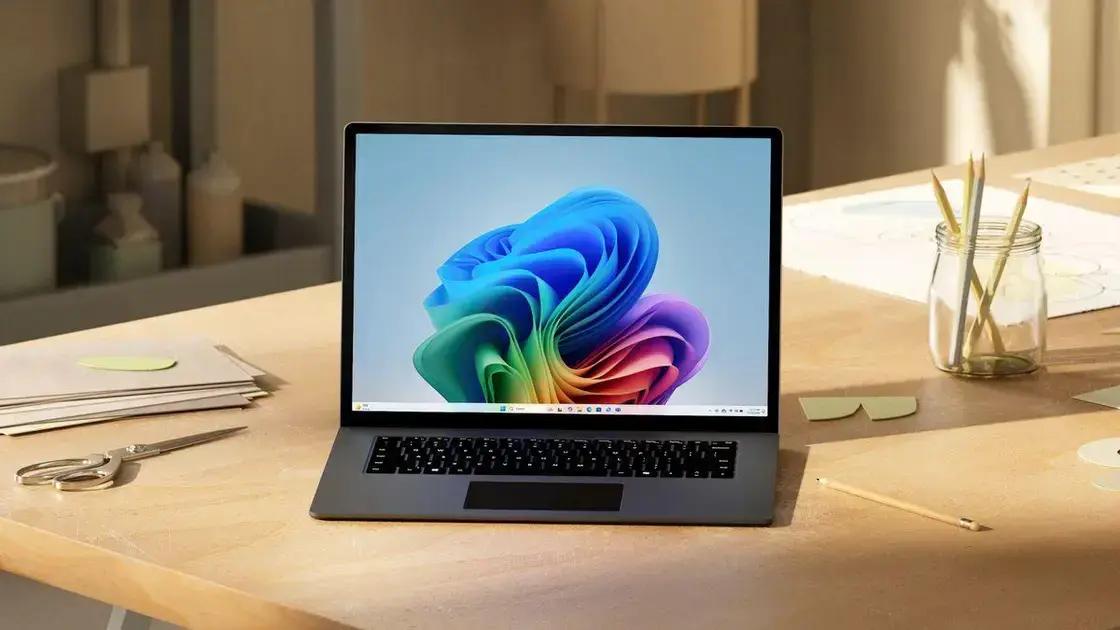I review laptops for a living. Here are my honest thoughts on Windows 11. It’s been a mixed bag, and I’ve encountered some frustrations along the way. Let’s dive into the details.
Laptops and the Evolution of Windows: A User’s Perspective
Windows 11 promised a sleek redesign and improved performance. However, my experience hasn’t been entirely smooth. One of the first things I noticed was the redesigned Start Menu. While visually appealing, it lacks the functionality and customizability of Windows 10. Having to click “All apps” to access everything feels like an extra step. I often find myself missing the classic Windows 10 layout. You might want to check out these perfect laptop accessories for power users.
Another aspect that has caused me some grief is the taskbar. The inability to ungroup apps is a major drawback. For someone who constantly juggles multiple windows, this change makes it difficult to quickly switch between tasks. Also, the lack of drag-and-drop functionality on the taskbar further hinders workflow. It’s these small, yet significant details that make a difference in daily use. I’m constantly reminded of features I used to take for granted in Windows 10. LineageOS 22.1 offers Android 15 and new features to enhance your experience.
Furthermore, the widgets in Windows 11 feel like a missed opportunity. They are limited in functionality and don’t offer the depth of customization I’d expect. Often, they feel more like distractions than useful tools. I’d prefer a more streamlined widget system that focuses on providing actual value to the user. Learn about upgrading your smartphone with an impressive 4K projector to improve your movie-watching sessions.
On a positive note, Windows 11 does offer some improvements. The overall performance seems slightly faster on laptops. The integration with Android apps is a welcome addition. Though still in its early stages, this feature holds a lot of potential. However, the initial setup can be cumbersome. It requires multiple accounts and steps that can be confusing for less tech-savvy users.
Navigating the Nuances of Windows 11 on Laptops
Despite my initial reservations, I’ve found some ways to mitigate the frustrations of Windows 11 on laptops. Third-party apps offer solutions for some of the missing taskbar functionalities. While not ideal, these apps help bridge the gap. Still, it’s disappointing that I have to rely on external tools to replicate features that were previously built-in. Need an affordable gaming PC? This article might help you find one: Discover Why This Affordable Lenovo Gaming PC Stands Out.
The learning curve for Windows 11 isn’t steep, but it does take time to adjust. Some of the design choices, while aesthetically pleasing, can be counterintuitive. For instance, the placement of certain settings feels arbitrary. I often find myself searching for basic options. This adds extra time and effort to simple tasks. It’s like they tried to reinvent the wheel, but some of the spokes are missing.
In terms of compatibility, Windows 11 has generally worked well with most of the laptops I’ve tested. However, there have been occasional hiccups with specific drivers and software. Ensuring compatibility before upgrading is essential. A quick check on Microsoft’s website can save you potential headaches down the road. Discover the best Linux distributions available for users of all levels.
Ultimately, Windows 11 is a work in progress. While it offers some promising features, it also falls short in several key areas. For laptops, the experience is passable, but not perfect. I hope future updates will address some of the existing issues and bring back some of the beloved Windows 10 functionalities. In the meantime, I’ll keep exploring workarounds and patiently await improvements.
With the constant evolution of technology, finding the right operating system for your laptops is crucial. New features are continually being developed. For example, One UI 7.0 has increased support for ethernet speeds up to 2.5 Gbps.
Via Tom’s Guide


